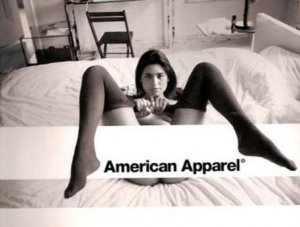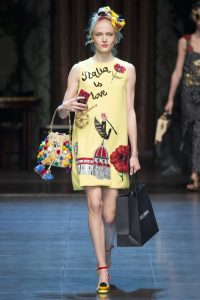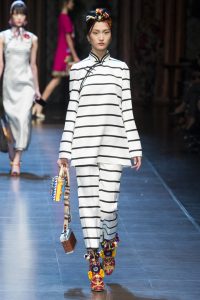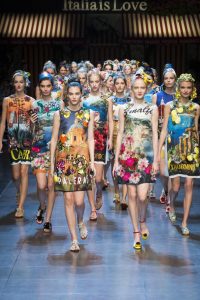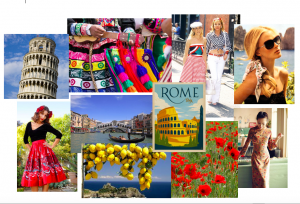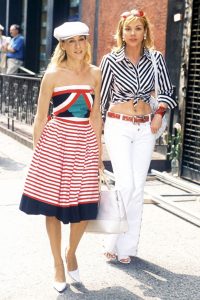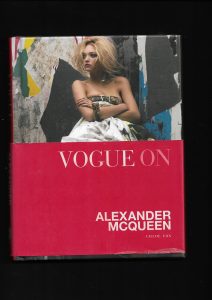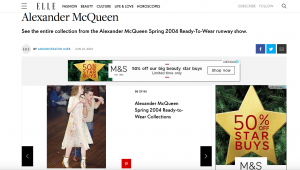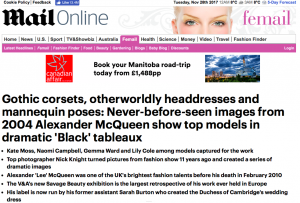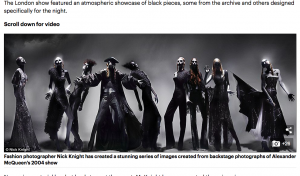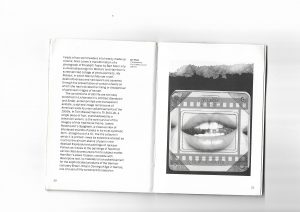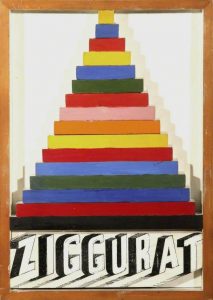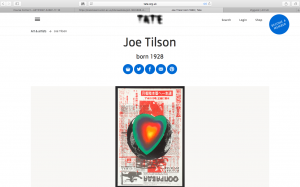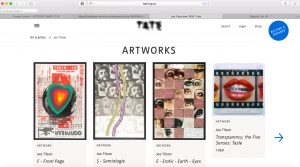For this task, I have decided to further look into the chapter form the book ‘fashion as communication’ by Malcom Barnard. After reading through both of the texts a few times I thought it best for to continue with Bernard’s as I personally found it easier to understand and more interesting.
Barnard starts the chapter entitled ‘Etymologies and definitions of fashion and clothing’ by explaining the meaning of the word etymology, that it “is concerned with the origins and development of the meaning of words” (Bernard: 1966). And going on to say that origin of the word ‘fashion’ comes from the Latin word “factico, which means to make or to do”.
A little into the chapter he starts to talk about the relation and difference between the words adornment, dress, clothing and fashion and how at least one of these words will related to the other. I found this exceptionally interesting as it then made me think about what the definitions of each mean to me. Usually I would consider the words ‘clothing’ and ‘fashion’ to be very similar but as Bernard explains “not all fashion is clothing” (Bernard: 1966) I completely agree. Fashion is about much more than just clothes and worn garments, it is an art form, and as everyone knows art is shown through many different ways whether it be painting, sculpting or composing. This all links back with the original statement of the origins of fashion, that its more than just an industry or carrier, it is movement and accomplishment.
Another section of the chapter I found quite compelling was under Fashion and anti-fashion where he examines a claim from the sociologist George Simmel. In this he claims that without both the desire to be a part of a social group and to be individual at the same time ‘Fashion’ would not exist. “The first of these tendency’s is the need for union and the second is the need for isolation.” (Simmel 1971: 295) I think what Simmel is trying to say is that without the influence of others in a ‘social group’ an individual’s style would not evolve, ceasing the need for fashion. However, if the style of all the individuals of the group has morphed into one of the same it poses the same problem. Fashion becomes unnecessary. Without the push society and social groups have on the individual person to be ‘different’ and ‘push boundary’s’ we would be uninspired to create fashion.
To further my research into this statement I found a quote from Mark Tungate in the book ‘Fashion brands’ which he sates “What you choose to wear or not to wear has become a political statement” (Tungate: 2008) I feel this brings what Simmel is saying into modern day as it true that once you have asserted yourself into a social group, that group may be part of a bigger fashion ‘movement’ whether it be ‘goth’, ‘punk’ or more commonly these days ‘hipster’ or ‘indie’. In turn, these larger sub groups carry political association of freedom of dress.
Bibliography:
Barnard, Malcolm (1996) Fashion as Communication, London: Routledge.
Tungate, Mark (2012) Fashion Brands, London: Kogan Page Limited.

